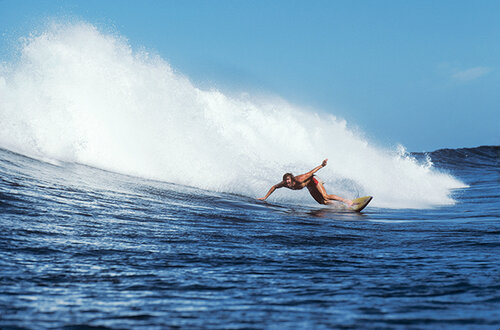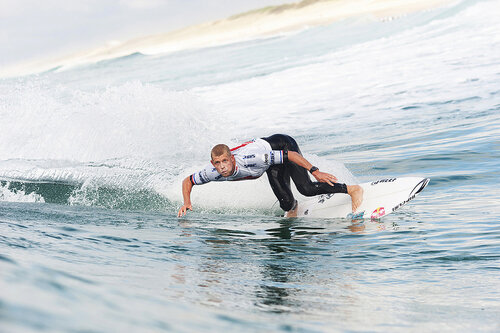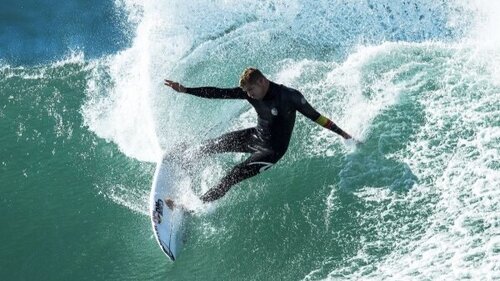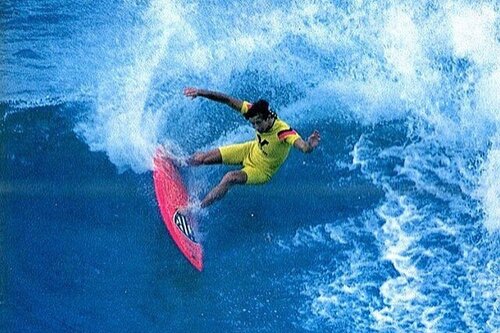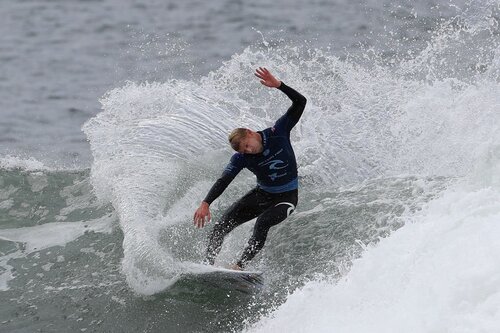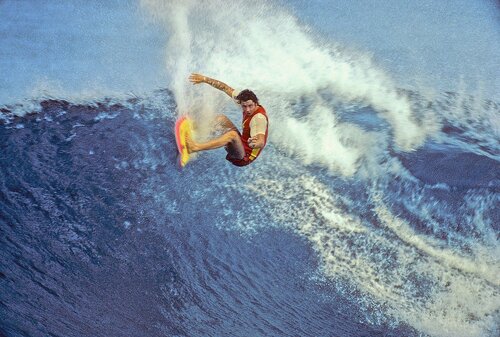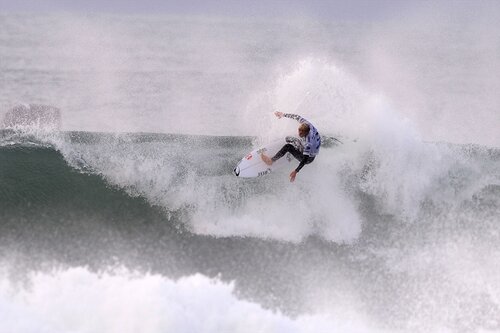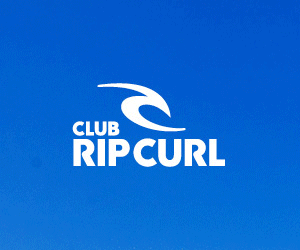Style, cars, surfboard designs and music have all undergone overhauls over the years, yet somehow surfing technique has stood the test of time.
Yes, the modern surfer is performing new manoeuvres and variations on old classics, however many true fundamental skills are holding strong.
Taking a look two of Australia’s most successful male surfers in professional surfing, each from different millenniums.
Mark Richards – 4 x World Champion in 1978, 1979, 1980 and 1981.
v
Mick Fanning – 3 x World Champion in 2007, 2009 and 2013.
What do these two men, from totally different eras have in common, other than being Australian National icons?
Both have strikingly similar fundamental techniques that create a close connection from the past to present.
Forehand Bottom Turn
Both men are noted as having especially savage forehand attacks. No quality manoeuvres can be performed without a equally quality bottom turn.
Both men keep it simple; leaning, reaching with the back arm, pressure pushing through their toes. This force and body body position drive their boards forward on the toe side rail.
The one thing to take particular note of is the commitment to the bottom turn. If you want to do the bottom turn right.
It’s got to be committed. With 7 World Titles between them, it is hard to argue with the success that a committed bottom turn can create.
See the Surf Better Now Forehand Bottom Turn here.
Twisting and open arms
The classic “wooded gull” positioning. Some say MR’s body movements are at times over accentuated, and they are.
However, drilling down to the core of the skill performed, whether accentuated or not, the movement outcome is one that will be beneficial to your performance.
Twisting from the hips, opening the arms and chest allow both champs to keep their body moving through the carve. Exaggerated or not, a focus on this will help your carve on the open face and will provide you with a stable consistent platform to push the turn harder and harder.
See the Surf Better Now Forehand Cutback and Face Snap here.
Throwing the front arm and shifting weight
As referenced in a number of previous posts and the example above, keeping your body moving through the carve will help keep the momentum and energy moving through a carve.
This momentum needs to be broken to allow the exit of a carve efficiently and can be done through the raising or throwing your front arm, along with pushing your weight back through your back foot.
This exit movement will help add that exclamation point to a carve and help you finish the turn with an increase in speed.
See the Surf Better Now Forehand Face Snap here.
Look to landing
No matter the equipment or venue, this is a simple skill that when overlooked leads to a very high error rate.
Looking to where you want the board to go gives you the best chance to not only get there, but mot importantly to direct your energy and body towards that particular destination.
Whether it be in a critical position on the wave, or simply trimming along a walled up wave, this particular skill is an easy implementation into your everyday performance.
See the Surf Better Now Forehand Lip Line Re-Entry and Floater here.




